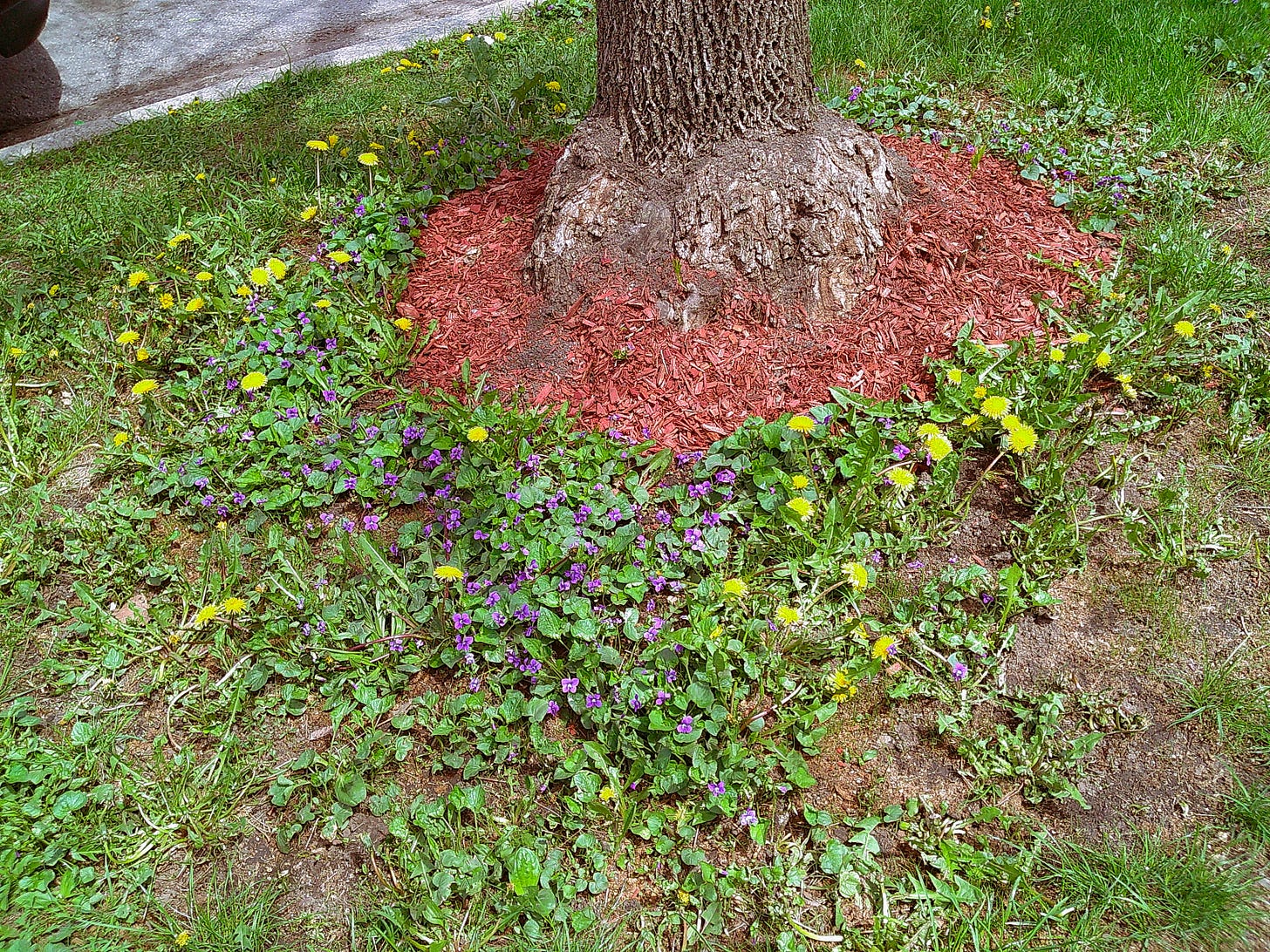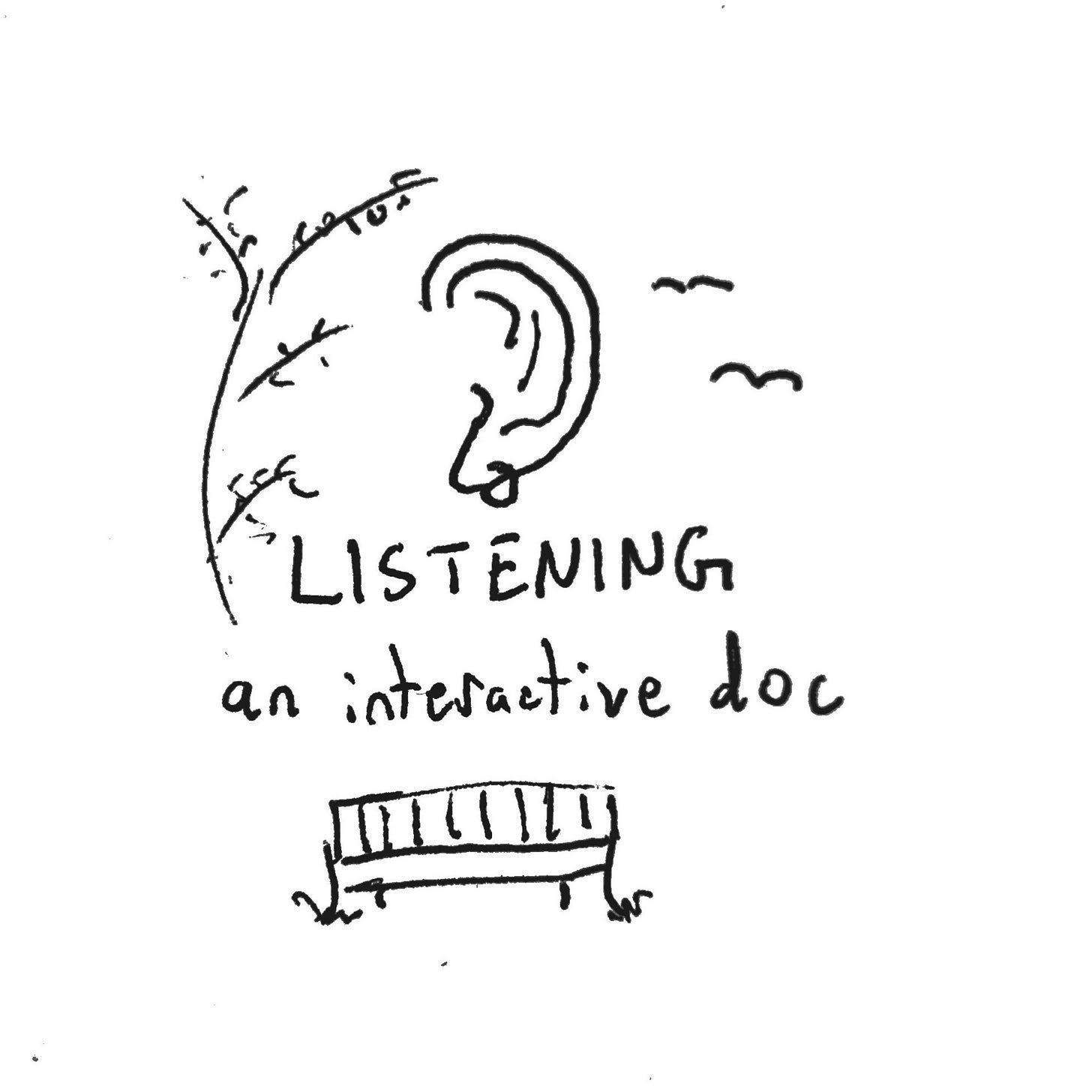“You will film what you like because filmmaking is really simple and it is not only what they teach at schools. It is done just by looking and experiencing. First thing is to know how to look and then try to direct that look. These techniques in my opinion can be learned only in four weeks and it is not anything complex.”
We read this excerpt from Men at Work: Cinematic Lessons From Abbas Kiarostami for Foundations of Cinema last week. It encapsulates the core of what I do as a filmmaker and what I try to nourish in my students.
First, to look. Second, to direct that look.
At its best, filmmaking can feel like lying in a patch of grass with a friend and pointing out shapes that appear to you in the clouds. Looking, then directing the look.
Here are some scattered notes from this week, mostly about perception:
I was recently introduced to the concept of plant blindness, a cognitive bias that leads to our tendency to ignore plants. Last spring and summer I tried to identify some of the birds in our neighborhood. This year I’m planning to add plants to that list.

My dad frequently drives in silence, something he started doing when he went on a regular silent retreat. When you return from several days of no talking and very little noise, the rest of the world gets much louder. I used to think he was crazy, but then in undergrad a professor assigned us an exercise to go a week without any distractions on our commute. I started to understand. With no music, no phone, and no reading, all you have left is observation. It’s like working a muscle.
I like to make a list of albums to listen to every time I go on a road trip, and I’ll try to include at least one that’s all instrumental to let my ears and mind wander a bit. Some favorites have been AIR by Sault, Resonant Body by Octo Octa, and Surround by Hiroshi Yoshimura.
Sometime in the future, I want to teach a class on slow cinema. Kiarostami’s 24 Frames would absolutely be on the list. The final screening would be all 4 hours and 48 minutes of As I Was Moving Ahead I Occasionally Saw Brief Glimpses of Beauty. If they make it through the whole thing, they automatically pass. Sleeping is allowed. In the words of Kiarostami: “I prefer the films that put their audience to sleep in the theater. I think those films are kind enough to allow you a nice nap and not leave you disturbed when you leave the theater. Some films have made me doze off in the theater, but the same films have made me stay up at night, wake me up thinking about them in the morning, and keep on thinking about them for weeks. Those are the kinds of films I like.”
Foundations students will be watching Sam Green’s short film Annea Lockwood: A Film About Listening this weekend. I’ve never quite seen a portrait film like it. I recommend watching it in one sitting with headphones.
Lockwood all but stopped listening to music for a period of time after her partner passed away. In the film she shares that, “It’s taken awhile for me to come back to listening to music because it moves me far too much.” Instead, she sits on the back porch with the sounds of nature. You can listen to her album A Sound Map of the Danube on youtube, which is all sounds from the river and the people and places near it. Or maybe you can just go outside and listen.
Back in January of 2024, I made an Interactive Documentary called Viewing that’s a practice in observation. It’s only ten minutes long, and all you need is a window.
A year and some change later, here’s a second installment:
Listening: An Interactive Documentary
Find a spot to sit, a piece of paper, and something to write with.
Set a timer for 10 minutes.
Close your eyes. Listen. Keep your eyes closed and write down what you hear.
When the timer is up, open your eyes and slowly review and rewrite your notes. Keep both lists together.






